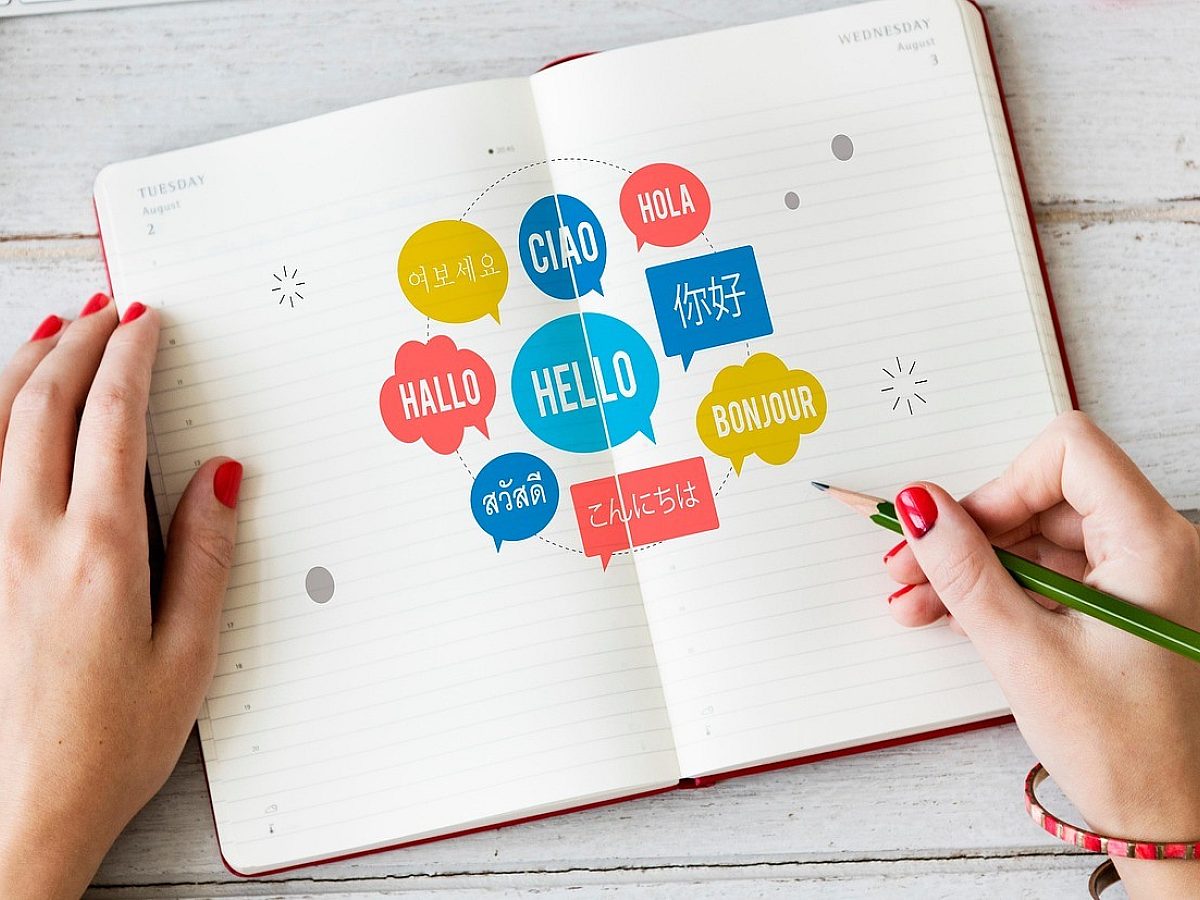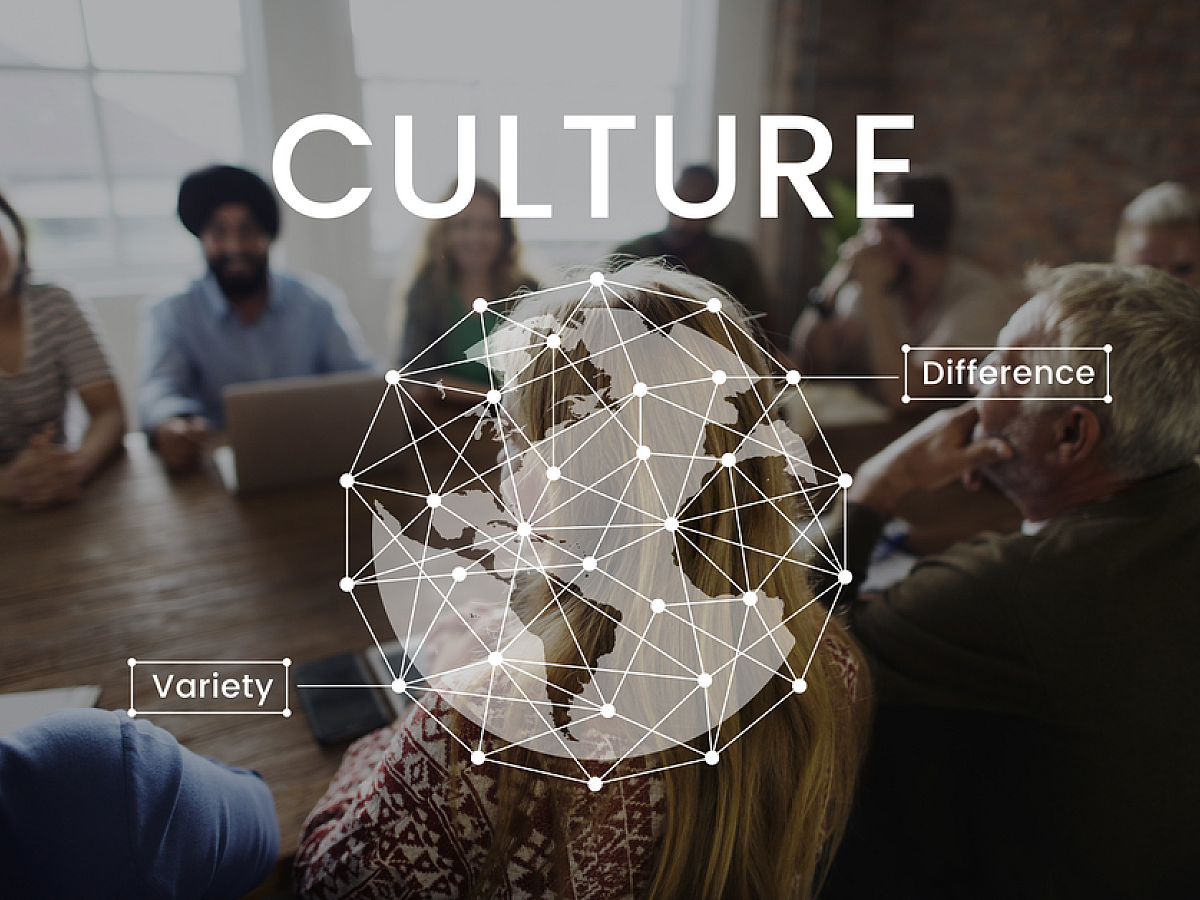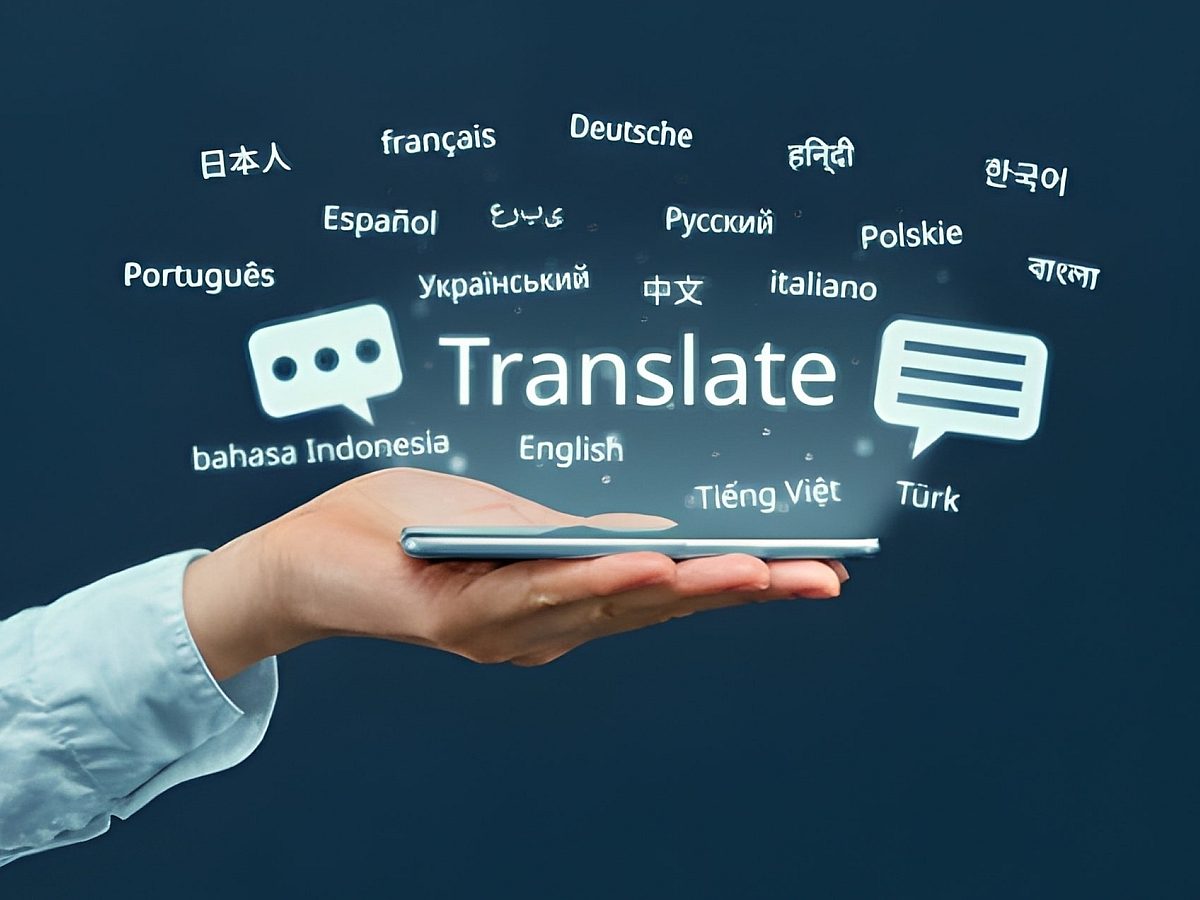Linguistic validation is an important step in translating surveys and research materials used in clinical trials.
It is an in-depth process that ensures translations convey the same meaning as the original text. This helps researchers collect reliable data from patients across different languages.
In clinical research and medical studies, even small translation errors can lead to misinterpretations, inaccurate data, or regulatory setbacks. A poorly translated patient survey, for example, might confuse participants, leading to inconsistent responses that skew research results.
Regulatory bodies like the FDA, EMA and ISPOR require linguistic validation. This ensures translations maintain their intended meaning and can be trusted for decision-making. For this reason, it’s critical to partner with an expert in linguistic validation that understands the requirements of global regulators.
Below, the linguistic validation experts at Wolfestone Group explain the linguistic validation process in detail and explore the benefits for businesses in the life sciences sector.
What is Linguistic Validation?
Linguistic validation is a specialized translation process that ensures research instruments, such as patient questionnaires and surveys, are accurate and culturally relevant in multiple languages.
It goes beyond simple translation by verifying that translated content conveys the same intent, meaning and usability as the original version. As a result, data collected from patients remains consistent and reliable across different languages and regions.
For example, consider a patient-reported outcome (PRO) survey used in a clinical trial to measure pain levels. If a direct translation of the phrase “feeling blue” is used in a non-English version, it may not make sense to patients in other cultures. Or, it may convey an entirely different meaning.
Linguistic validation adapts phrases like this so that all patients understand and respond to the survey in the same way, preserving the integrity of the data.
Steps in Linguistic Validation
Regulatory bodies like the FDA do not set universal standards for linguistic validation, so organizations are responsible for ensuring their translated materials meet industry best practices and regulatory expectations.
The linguistic validation process typically includes the following steps:
- Forward Translation: The survey or research material is translated from the source language into the target language by a professional translator.
- Back Translation: A second translator, who has not seen the original text, translates the document back into the source language.
- Reconciliation: Experts compare the original text and the back-translated version to identify discrepancies and ensure conceptual alignment.
- Expert Review: Subject matter experts (SMEs) and linguists review the content for medical accuracy and cultural appropriateness.
- Cognitive Interviewing: The translated survey is tested with native speakers to evaluate its comprehensibility, relevance and ease of use.
This list is not exhaustive. More steps may be necessary depending on the nature of the data and participants in the study. For example, studies involving patients with cognitive impairments or low literacy levels may require simplified language adaptations and additional usability testing.
An experienced linguistic validation partner can help define the appropriate validation methodology required and ensure its accuracy during implementation.
When is Linguistic Validation Required?
Linguistic validation is most commonly required in clinical research, life sciences, pharmaceuticals and medical devices, where patient-reported data plays a role in regulatory approvals and product development.
Here are the most common areas where linguistic validation is necessary:
- Global clinical trials
- Regulatory documentation
- Patient questionnaires and surveys
- Medical device instructions and labeling
- Pharmacoeconomic studies
- Mental health and quality-of-life assessments
- Post-market surveillance and patient feedback
What are the Benefits of Linguistic Validation?
Linguistic validation is required by health authorities like the FDA and EMA.
However, not all linguistic validation processes meet the same standards of quality. Aiming for the bare minimum to satisfy regulators is not a smart idea, nor is taking shortcuts with machine translation or AI translation tools.
Effective linguistic validation promotes more accurate research outcomes and fewer regulatory headaches. In studies where patient-reported data is key, it can make the difference between reliable results and a failed trial.
Additional benefits of linguistic validation include:
- Increased Authority and Credibility: Companies that invest in linguistic validation demonstrate a commitment to accuracy and compliance. This strengthens their credibility with regulators, researchers and stakeholders.
- Faster Time to Market: By ensuring regulatory compliance and data accuracy up front, companies can avoid costly delays caused by rejected documentation.
- Reduced Legal Risks: Poorly translated clinical documents can lead to misinterpretations and patient safety issues, increasing the risk of legal challenges. Linguistic validation helps organizations avoid liability by meeting industry and regulatory standards.
- Greater Participant Engagement and Retention: When participants clearly understand clinical assessments, they are more likely to participate in and complete clinical trials.
- Cost Savings in the Long Run: High-quality linguistic validation can prevent regulatory rejections, data inconsistencies and the need for retranslation. Avoiding these setbacks helps companies save time and money while keeping research on track.
Wolfestone Group: Linguistic Validation for Life Sciences
Accurate linguistic validation is essential for regulatory compliance and patient safety. Without it, research outcomes may be invalidated, leading to regulatory setbacks or unreliable data collection.
In global research and clinical trials, linguistic validation is not just a procedural task—it is essential to trial success.
Most research organizations outsource their linguistic validation to a translation agency. However, putting confidential patient data and research outcomes into the hands of a third party is not without risk.
To protect the integrity and privacy of your data, partner with an experienced linguistic validation agency like Wolfestone Group.
At Wolfestone Group, we have two decades of experience supporting life sciences companies with high-quality linguistic validation services. Our expert linguists and subject matter specialists work together to ensure that COA translations are linguistically accurate and culturally adapted.
Our global network of linguistic validation translators covers 220+ language pairs, ensuring we can provide consistent translations across language barriers, no matter the scope of your research.
And, our ISO information security certification guarantees your confidential data remains private.
Wolfestone Group provides tailored linguistic validation solutions to help your organization achieve reliable data, regulatory approval, and market success.
Contact Wolfestone Group today to learn more about how we can help you achieve your research outcomes with linguistic validation.



